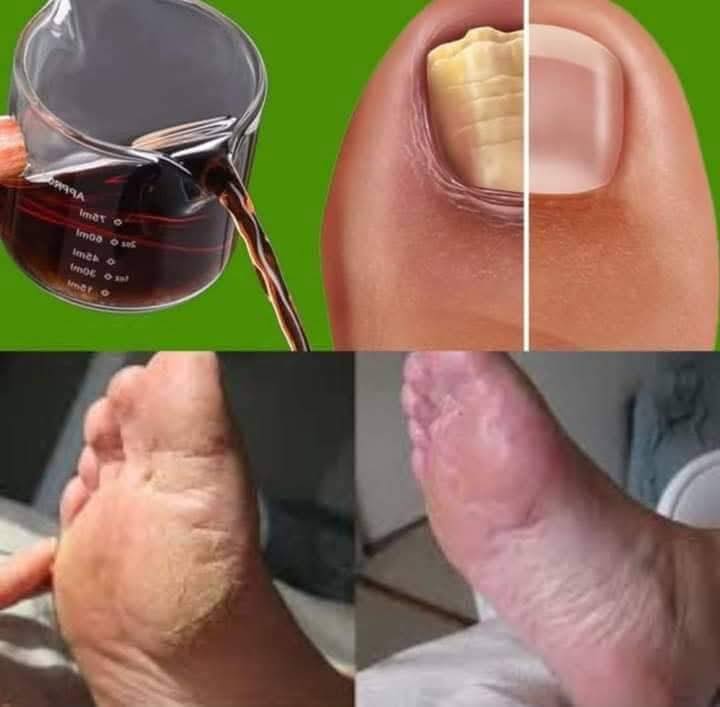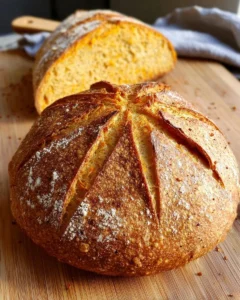
First of all, thank you for being here! If you’ve ever struggled with nail fungus, you know how frustrating, uncomfortable, and even embarrassing it can be. It sneaks up slowly — changing the color, texture, and strength of your nails — and before you know it, you’re desperate for relief.

The good news? Relief doesn’t always have to come from harsh chemicals or expensive treatments. Sometimes the most powerful remedies are the simplest — and already sitting in your kitchen. One of those is vinegar. With its natural antifungal properties, vinegar can help you gently and effectively restore your nails to health.
This guide walks you through everything you need to know: how vinegar works, how to use it, and how to care for your nails long-term for shine and strength.
🌿 Why Vinegar Works Against Nail Fungus
- Acidic environment: Fungus thrives in warm, moist, and neutral conditions. Vinegar’s acidity changes that environment, making it hostile to fungal growth.
- Antifungal properties: Both white vinegar and apple cider vinegar naturally inhibit fungal organisms.
- Gentle but effective: Unlike chemical creams, vinegar is safe for regular use and easy to apply.
🧾 Ingredients You’ll Need
- Vinegar: Apple cider vinegar or white vinegar (both are effective)
- Water: For dilution (especially important if you have sensitive skin)
- Essential oils (optional): Tea tree oil or lavender oil add extra antifungal power
- Baking soda (optional): To balance pH and exfoliate gently
- Olive oil: To moisturize nails post-treatment
- Cotton balls or pads: For direct application
- Pumice stone: For gentle exfoliation of rough skin
- Nail clippers: To trim affected nails before treatment
- Small bowl: To prepare your vinegar soak
- Towel: For drying nails afterward

Vinegar Soak for Nail Fungus
Equipment
- small bowl
- towel
- cotton balls or pads
- pumice stone
- nail clippers
Ingredients
- 1 part apple cider vinegar or white vinegar
- 2 parts water
- 2–3 drops tea tree oil or lavender oil (optional)
- 1 tsp baking soda (optional, for gentle exfoliation)
- 1 tsp olive oil (for moisturizing nails post-treatment)
- 1 cotton balls or pads
- 1 pumice stone
- 1 nail clippers
Instructions
- Trim your nails to reduce the surface area where fungus can grow.
- Wash nails with soap and water, then dry thoroughly.
- In a bowl, mix 1 part vinegar with 2 parts water. Add essential oil if desired.
- Soak fingers or toes in the mixture for 15–30 minutes.
- Optional: Use a pumice stone to buff away rough skin.
- Rinse with clean water and pat dry with a towel.
- Massage olive oil into nails and cuticles for moisture.
- Repeat 2–3 times per week. Track progress with notes or photos.
Notes
🧴 Step-by-Step Instructions
- Trim your nails: Shorter nails reduce the surface area where fungus can grow.
- Clean the area: Wash nails with soap and water, then dry thoroughly.
- Prepare the soak: Mix 1 part vinegar with 2 parts water in a bowl. Add a few drops of essential oil if you like.
- Soak your nails: Immerse fingers or toes for 15–30 minutes.
- Exfoliate gently: Use a pumice stone to buff away rough skin (optional).
- Rinse and dry: Rinse with clean water and pat dry.
- Moisturize: Massage olive oil into nails and cuticles.
- Repeat: Do this 2–3 times per week for best results.
- Track progress: Keep notes or photos to monitor improvements.
- Maintain hygiene: Keep nails clean, dry, and avoid tight shoes.
💡 Tips for Best Results
- Be consistent — fungus takes time to treat.
- Try warm water soaks — helps nails absorb the vinegar better.
- Patch test — check skin sensitivity before starting.
- Adjust dilution — more water if vinegar feels too harsh.
- Sanitize tools — clippers, pumice, and files must be clean.
- Keep feet dry — fungi love moisture!
- Wear breathable footwear.
- Add nail-friendly nutrition — foods rich in biotin, zinc, and vitamin E.
- Seek medical advice if fungus worsens.
- Pair with lifestyle changes — reduce stress, stay hydrated, and maintain overall wellness.
🌸 Conclusion
Treating nail fungus with vinegar is simple, inexpensive, and surprisingly effective. By sticking to a regular routine, you can restore your nails’ strength, shine, and health naturally — without exposing your body to harsh chemicals.
- Consistency is key. Improvements take time, but each soak brings you closer to recovery.
- Prevention matters. Clean, dry nails and breathable shoes are your best defense against recurrence.
- Think holistically. Diet, hydration, and stress management all play a role in nail health.
With patience and care, vinegar can become your trusted companion in the fight against nail fungus. Over time, you’ll see healthier, clearer, and stronger nails — and with that, renewed confidence.





Leave a Reply